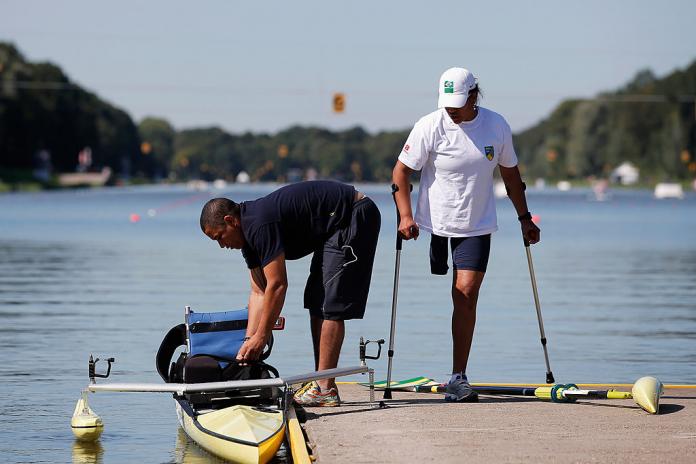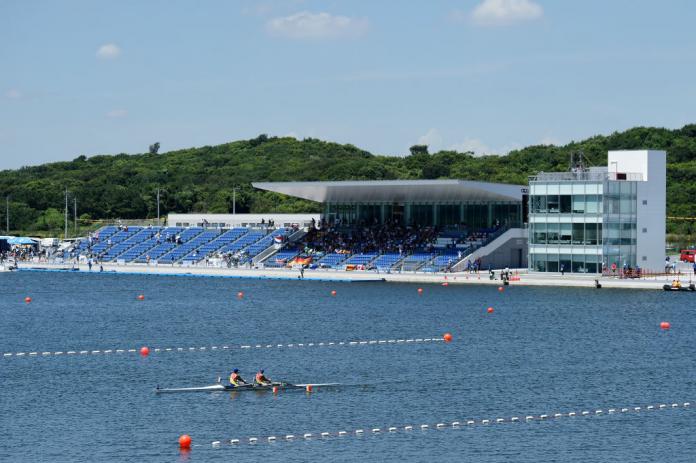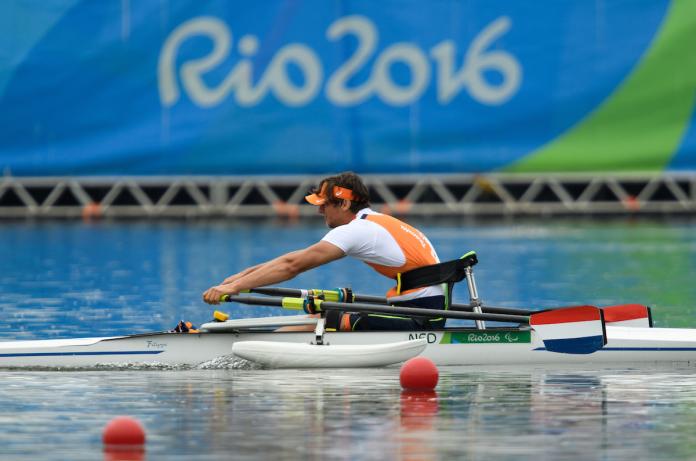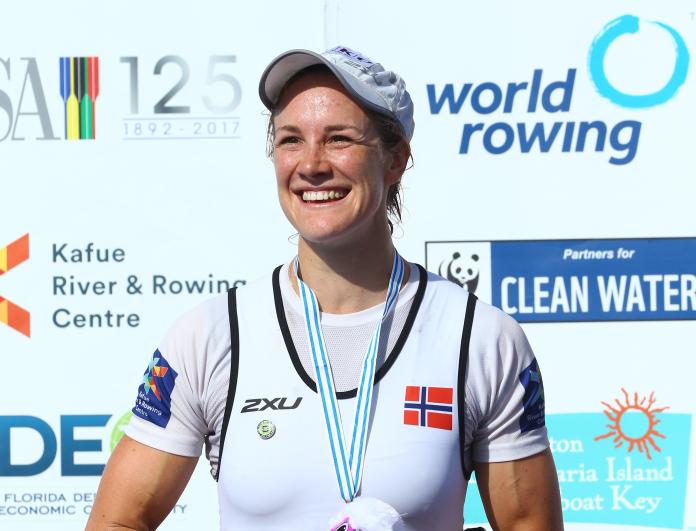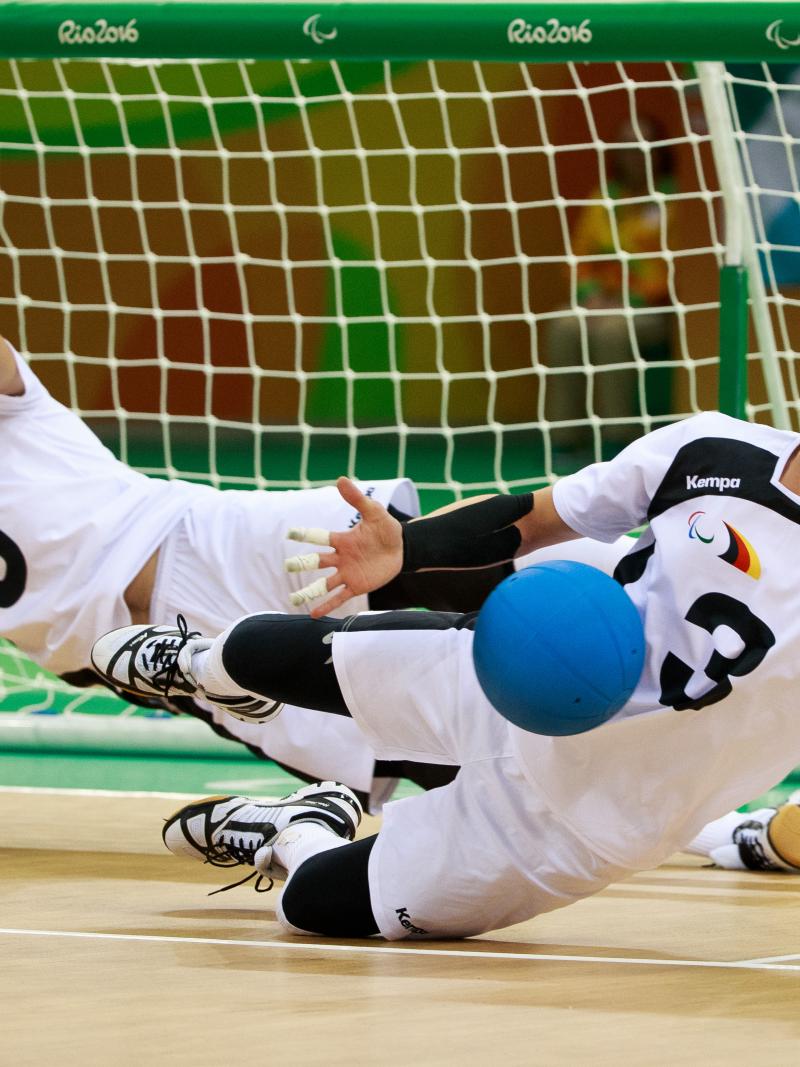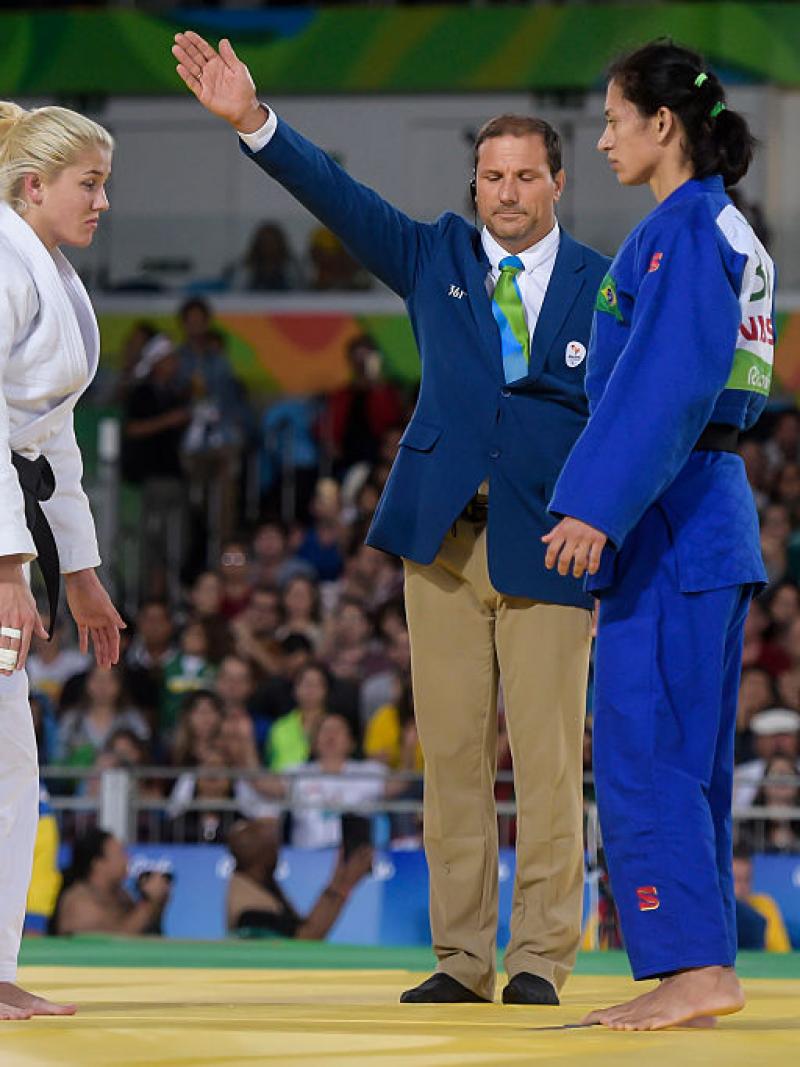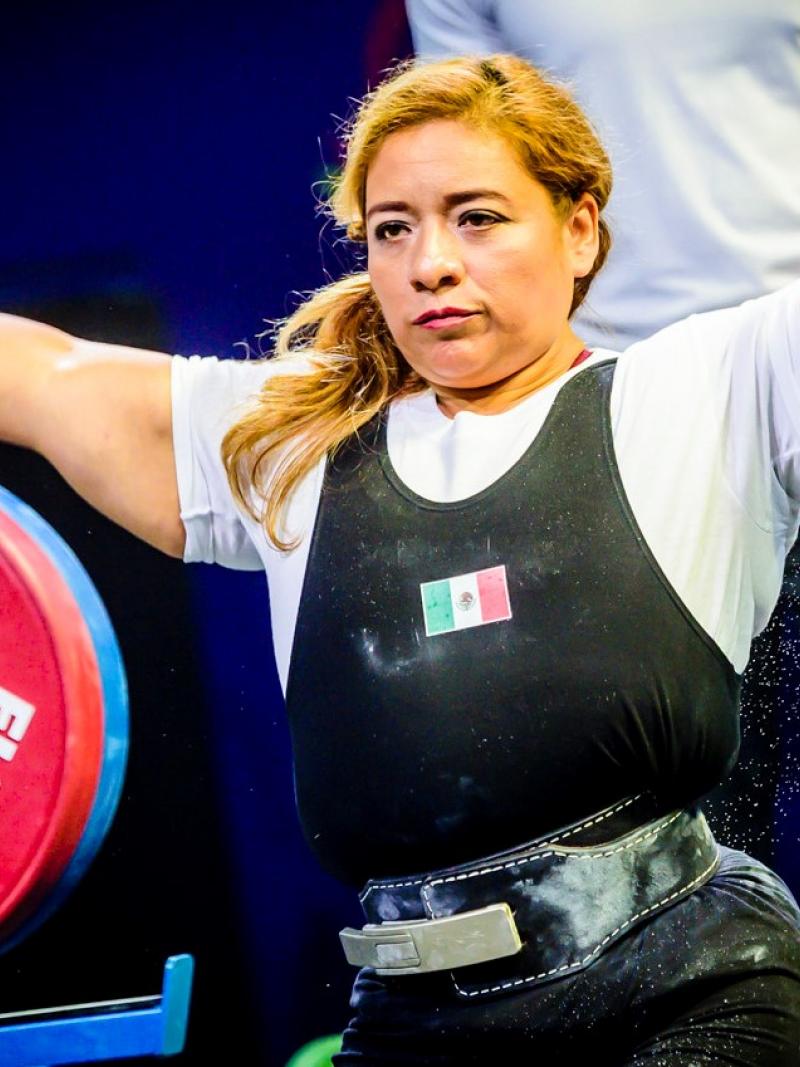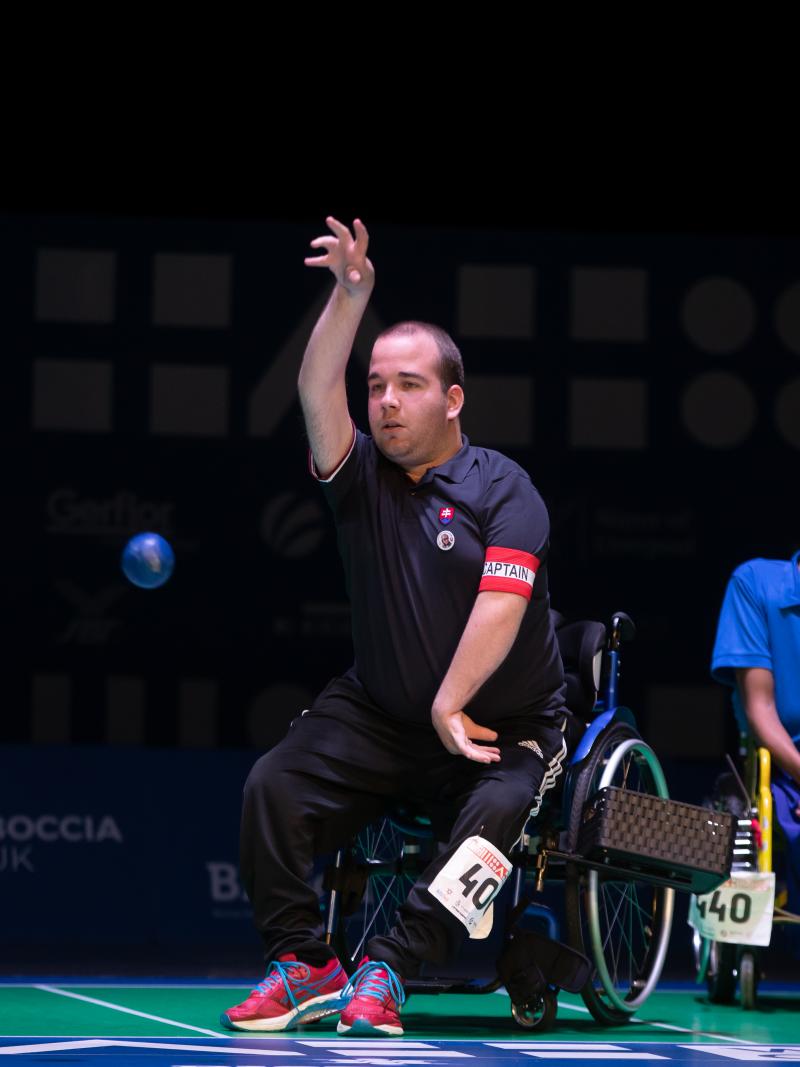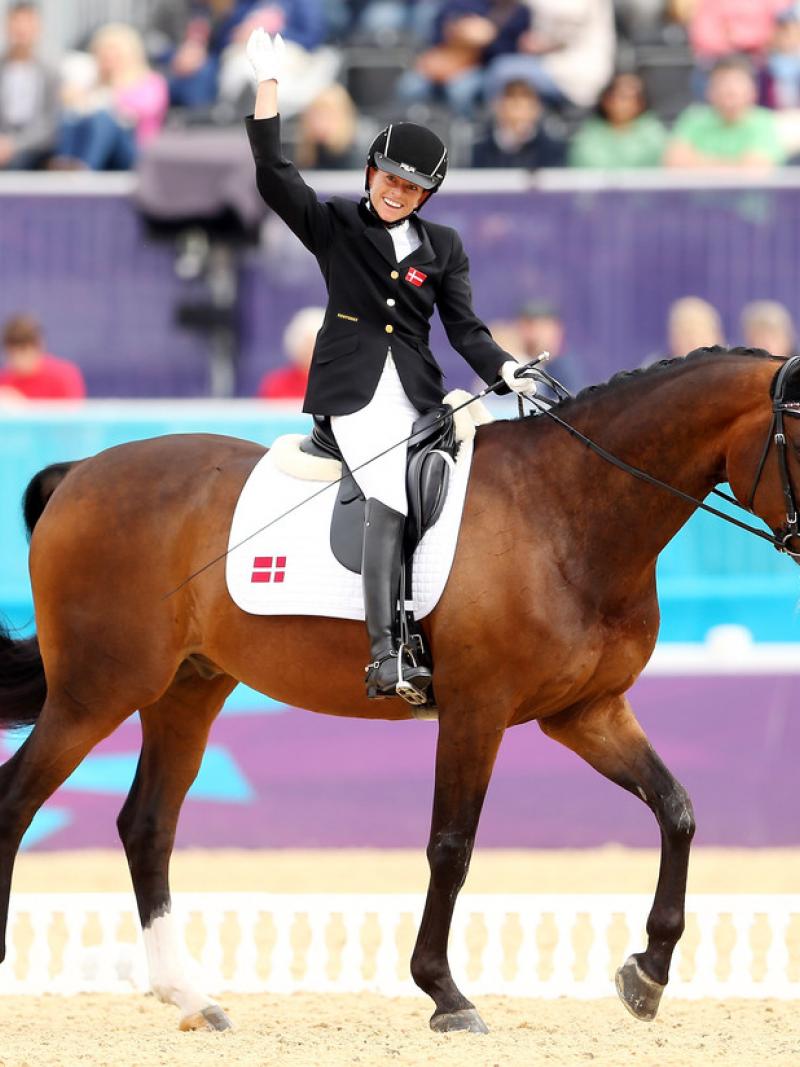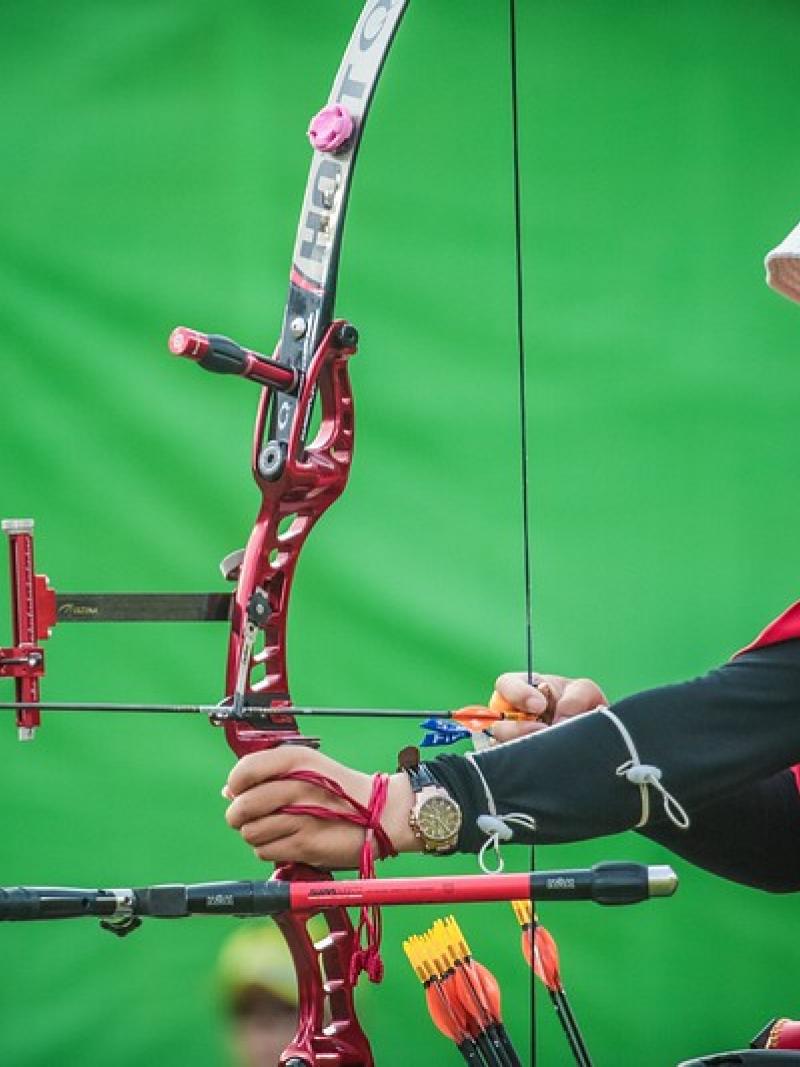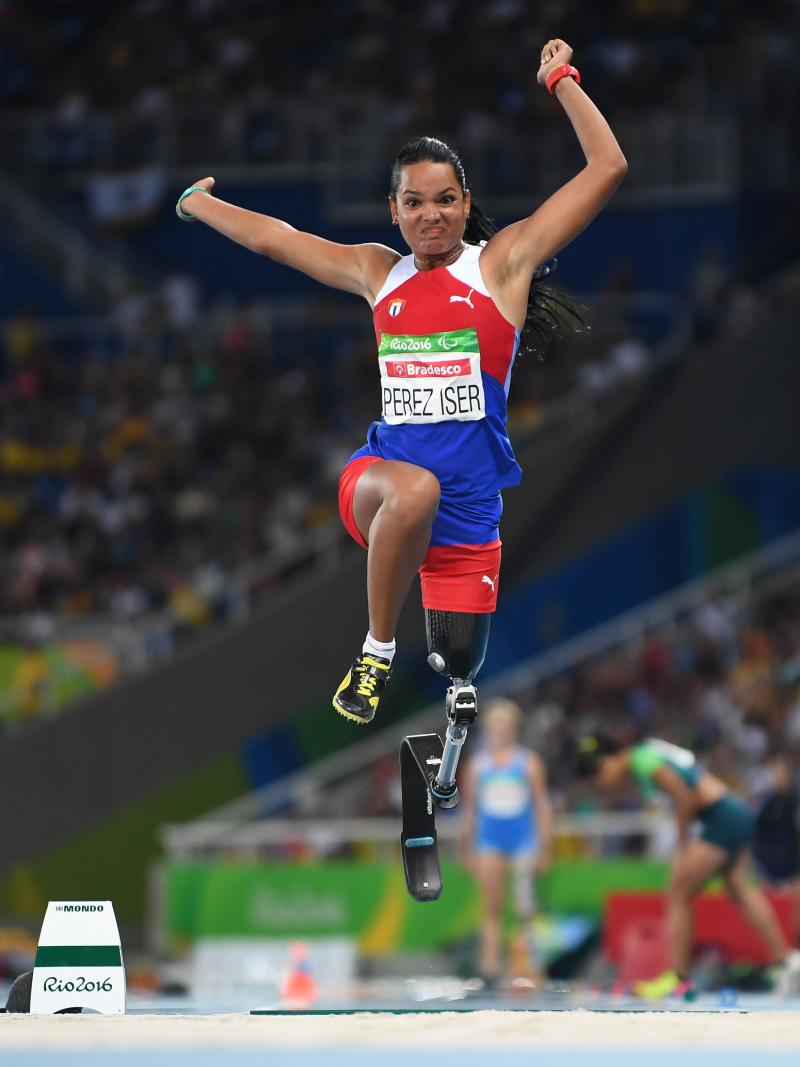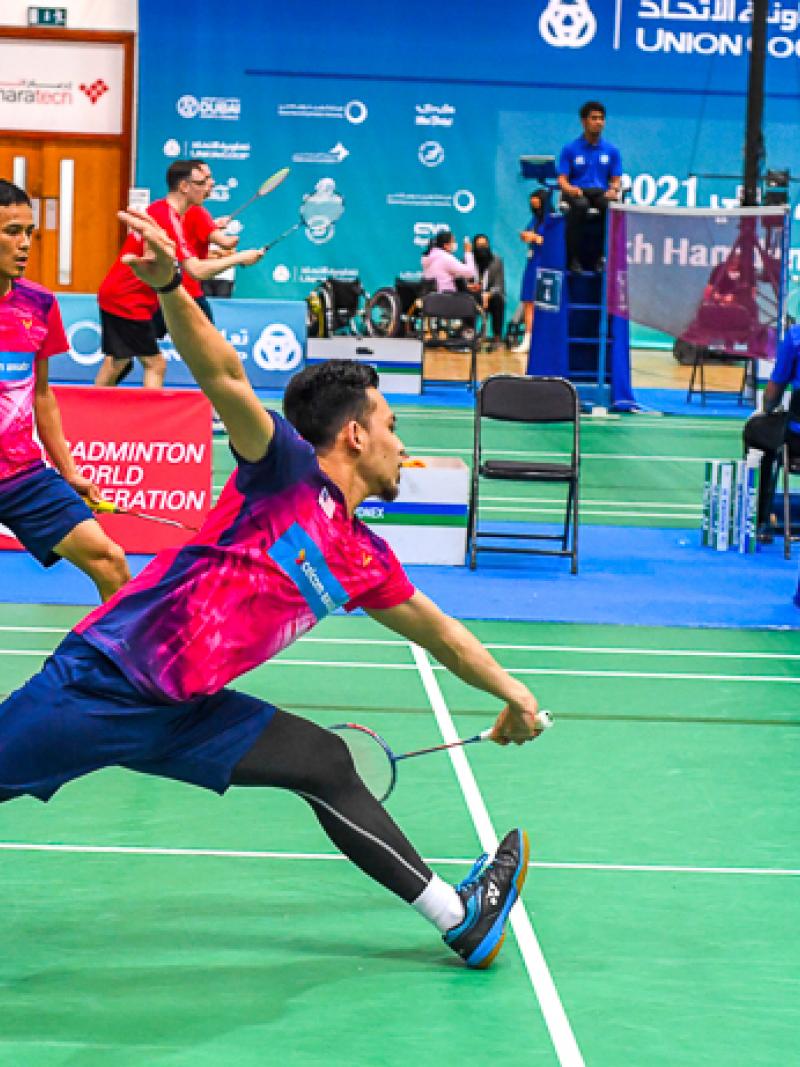Sport Week: 10 things to know about Para rowing
Understand what ‘catch a crab’ means or why rowing uses World Best Times instead of World Records 24 Jun 2021
Para rowing tests athletes’ strength and stamina over 2,000m. But there is much more to know about the sport before Tokyo 2020.
1. Enjoyed by Olympic founder Baron de Coubertin himself, rowing has been part of every Olympic Games. Para rowing, on the other hand, is one of Para sports’ ‘new kids on the block’. The first World Championships were held less than 20 years ago and the sport made its Paralympic debut in Beijing in 2008.
Great Britain has won half of the 12 contested Paralympic events.
2. Long before the Paralympic Games came to be, and over a century before Para rowing made its Paralympic debut, famous US disability rights advocate Helen Keller learned to row. Deaf and blind from childhood, rowing became one of this legendary figure’s favourite activities.
3. Created by the international federation World Rowing, Para rowing is similar to its Olympic counterpart; Para athletes compete at the same regattas, use the same docks, and row the same distances (2,000m). The boats are the same too, with some modifications for safety.
One element to Para rowing that cannot be found at the Olympic Games is mixed crews. Both the doubles (PR2Mix2x) and four (PR3Mix4+) races are mixed gender.
4. Classification in Para sports is used to ensure fair competition. There are three Para rowing classifications:
• PR1 (men’s and women’s singles) are rowers with minimal or no trunk function who primarily propel the boat through arm and shoulder function. These rowers have poor sitting balance, which requires them to be strapped to the boat/seat.
• PR2 (mixed doubles) are rowers that have functional use of arms and trunk but have weakness/absence of leg function to slide the seat.
• PR3 (mixed coxed fours) are rowers with residual function in the legs which allows them to slide the seat. This class also includes athletes with vision impairment.
5. Twelve nations qualify in each event and are split into two heats. The winner of each heat qualifies directly for the final while the rest of the boats get a second chance through the repechages. The top two boats from each repechage make the final alongside the two boats from the heats.
For the first time at the Games, Para rowing will use the same distance as their Olympic counterparts – 2,000m. Adopted in 2017, this rule change doubles the distance used at the 2016, 2012, and 2008 Paralympic regattas.
6. All Para rowing events take place on a six-lane, straight-line course divided by marker buoys. In Tokyo, all races will take place at the specially designed Sea Forest Waterway in the Bay of Tokyo running parallel to the Tokyo Gate Bridge. The course is separated from the bay by dams at either end of the course.
7. Boats used in Para rowing are the same as for Olympic rowing, except for some modifications made for safety. For single racers, all boats must have flotation buoys or pontoons on both sides to maintain balance. Rowers are strapped into their seats and the seats do not move.
For doubles, the seat is also stationary. But athletes have more ability to use their torso while rowing.
8. It is important to understand rowing lingo. The word ‘stroke’ might be the first to come to mind. Stroke means more than one thing – the person sitting in the stroke seat (fourth seat in a four) is the stroke. The stroke side of the boat is the bow side. To take a stroke is to go through the movement of a full rowing action/stroke.
Here are more terms to know:
• Sweeping vs sculling – Sweeping means a rower uses both hands on one oar on one side of the boat; sculling means a rower uses one hand on each oar on either side of the boat
• Clean catch – A perfect entry, where the oar enters the water with virtually no splash
• Catching a crab – When the oar gets stuck in the water during a stroke. A crab will slow the boat down, while an especially bad one can even eject a rower from the boat
• Power 10 – Used when a crew wants to gain ground or overtake a boat, the crew accelerates its strokes-per-minute rate.
9. As rowing records are strongly influenced by weather conditions, World Best Times are used instead of “World Records.” Times are compared to other races on the courses that use official World Rowing timing taking place. Currents, tailwinds, and even water temperature can also affect World Best Times.
In Para rowing, Ukraine’s Roman Polianskyi (UKR) owns men’s singles sculls World Best Time with 9:12.99 (+13 km/h) at the 2019 World Rowing Championships, while Norway’s Birgit Skarstein holds the women’s best time with 10:13.63 (-11.9 km/h) at the 2018 Worlds. Corne de Koning and Annika Van Der Meer from the Netherlands hold the double sculls best time with 8:06.21 (+14.8 km/h) at the 2017 World Cup in Poznan, Poland. For Paralympic Best Times, Tokyo is the first Games where 2000m will be raced. The Tokyo Paralympics will set the new Paralympic Best Times for all boat classes.
10. The four elements to a rowing stroke are: Catch, Drive, Recovery, and Finish.
Catch is where the oar enters the water.
Drive is when the athlete pushes the oar through the water to propel the boat forward. P1 athletes primarily use their arms for this process, P2 athletes their arms and trunks, and P3 athletes their legs, trunks, and arms.
Finish is when the rower takes the oar out of the water.
Recovery is when a rower holds the oar out of – but parallel to – the water and gets ready for the next ‘catch’.
 Facebook
Facebook
 Instagram
Instagram
 Twitter
Twitter
 Youtube
Youtube

